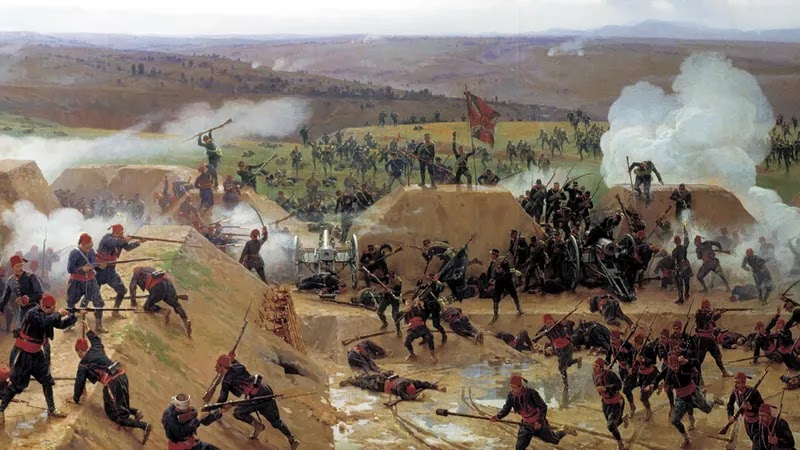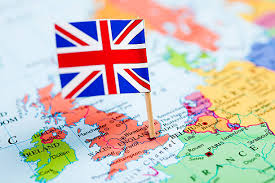Why is Russia So Big? | A Historical Exploration of Russia's Vast Territory
Introduction
Russia, the largest country in the world, is known for its immense landmass that spans two continents. Its vastness has captivated the imagination of people for centuries, raising questions about why it is so large and how it acquired such an expansive territory. In this blog, we will delve into the history of Russia to understand why it is so big and how its borders have evolved over time.
Historical Foundations
1. Early Origins:
The history of Russia dates back to the 9th century when East Slavic tribes in the region began to consolidate under the rule of the Varangians, a Viking dynasty. This marked the emergence of Kievan Rus, considered the precursor to modern Russia.
2. Mongol Rule:
In the 13th century, Kievan Rus fell under Mongol rule during the Mongol invasion. This period of Mongol domination had a significant impact on Russia's development, as it isolated the region from the rest of Europe for several centuries.
3. Ivan the Terrible:
Ivan IV, known as Ivan the Terrible, expanded the Russian territory eastward, conquering the Khanates of Kazan and Astrakhan. His reign marked the beginning of Russia's expansion into Siberia.
The Siberian Expansion
1. Yermak's Conquest:
The conquest of Siberia is often attributed to Cossack leader Yermak Timofeyevich, who, in the late 16th century, led a group of Cossacks into Siberia, ultimately defeating the Siberian Khanate.
2. Natural Resources:
Siberia's vast land offered abundant natural resources, including fur-bearing animals, timber, and minerals. This wealth fueled Russian interest and expansion deeper into Siberia.
3. Treaties and Colonization:
Through a series of treaties, agreements, and colonization efforts, Russia gradually extended its borders eastward, often at the expense of indigenous Siberian peoples.
Imperial Russia and the Westward Expansion
1. Peter the Great:
Tsar Peter the Great's rule in the late 17th and early 18th centuries marked a period of westernization and expansion. Russia gained access to the Baltic Sea and expanded its influence into Ukraine.
2. Catherine the Great:
Under Catherine the Great in the 18th century, Russia further expanded into the Black Sea region and the Caucasus, incorporating Crimea and parts of Georgia into the empire.
3. Alaska:
In 1867, Russia sold Alaska to the United States in what became known as the Alaska Purchase, marking the westernmost extent of Russian territorial expansion.
The Soviet Union and Beyond
1. Soviet Expansion:
The Russian Empire evolved into the Soviet Union in 1922, which included various Soviet republics across Eurasia. The Soviet Union further expanded its sphere of influence, particularly in Eastern Europe after World War II.
2. Dissolution of the Soviet Union:
With the dissolution of the Soviet Union in 1991, Russia emerged as an independent state, regaining control over many former Soviet territories.
Conclusion
Russia's vast size is the result of centuries of historical, political, and geographic factors. The Siberian expansion, driven by the pursuit of natural resources, significantly increased its landmass. Additionally, imperial ambitions and strategic interests in various regions contributed to the country's growth. Understanding the historical context and events that shaped Russia's borders provides valuable insights into why it is the largest country on Earth and how its size has been instrumental in its historical development and global significance.






Comments
Post a Comment